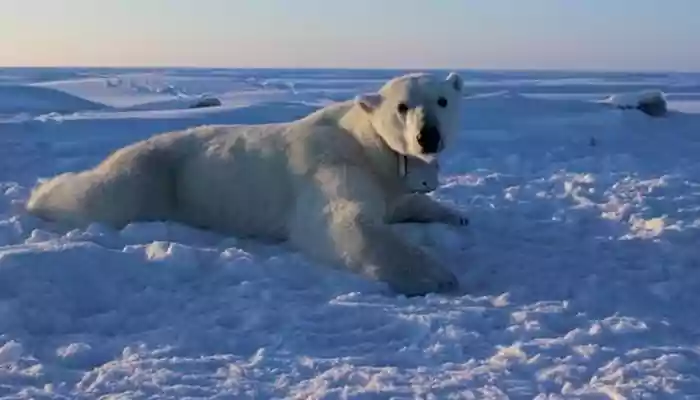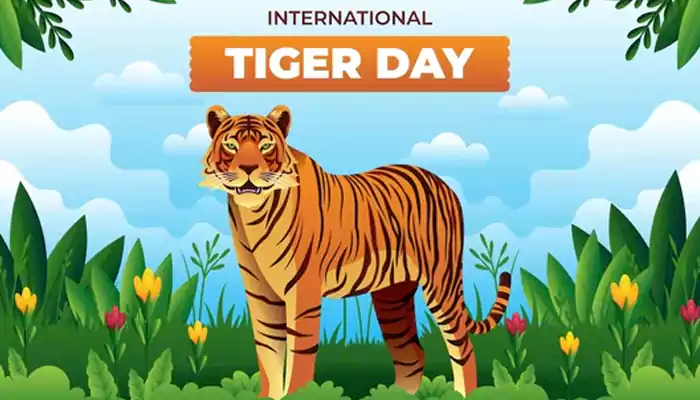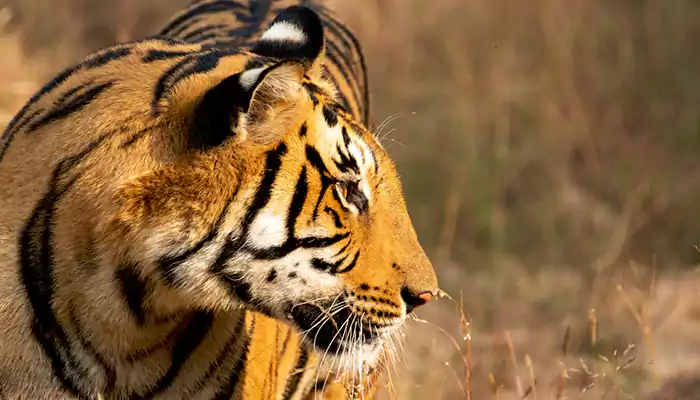Polar Bear Population Decreasing : Green House Gases Are To Blame For

The reproduction and survival rates of Polar bear is in danger, and we, the human beings are to blame for this.
Polar bears are the "keystone species" in the Arctic region as they keep biological populations in check. However, polar bears, the largest terrestrial carnivore on this earth are currently vulnerable to extinction, as per International Union for Conservation of Nature (IUCN) data. Earlier, Polar bears were kept under "threatened" list under the US Endangered Species Act, or ESA, in 2008. However, previously, researchers didn't mention about any direct link between Polar bear population decrease and human induced climate change. The recent study has bridged that two points by providing sufficient evidence.
Habitat of Polar bear:
The polar bear populations live under unique and varying conditions. However, it is dependent on ice sheets to get their prey, two species of seal, as mentioned by study coauthor Steven Amstrup, chief scientist emeritus at Polar Bears International.Polar bears live in 19 populations across the Arctic zone and are found in Canada, USA, Greenland, Russia, and Norway, as per the data retrieved by conservation organization Polar Bears International. Polar bears have been regarded as messengers of the climate change symptoms. We already know that severe climatic conditions like floods, droughts, or wildfires will become more prevalent as the world continues to warm.
The concern:

Due to global warming, sea ice starts melting. As a result, polar bears are forced to move towards land where they are not getting their food. In that case, they will only have to rely on fat reserves, they have accumulated prior.
On the other hand, human induced climate change is increasing sea ice loss in a rapid rate, leaving polar bears less chance or time to feed and accumulate their fat reserves. This eventually leads to a decline in Polar bear population.
The findings from the recent study:
Researchers from Polar Bears International, the University of Washington and the University of Wyoming have "quantified the connection between the number of ice-free days a population of polar bears has to endure and the amount of planet-warming pollution released into the atmosphere, as well as corresponding polar bear survival rates in some populations," according to the study published Thursday in the journal Science."When the (Department of the Interior) memo was written in 2008, we could not say how greenhouse gas emissions equated to a decline in polar bear populations. But within a few years we could directly relate the quantity of emissions to climate warming and later to Arctic sea ice loss as well," said study coauthor Cecilia Bitz, professor of atmospheric sciences at the University of Washington, in the news release. "Our study shows that not only sea ice, but polar bear survival, can be directly related to greenhouse gas emissions."
The researchers calculated the number of days polar bears had to undergo without sufficient food, and eventually they found out the link between increased greenhouse gas emissions.
As per satellite records, since 1970s, sea ice has been melting by around 13% every decade.
"Intersecting these fasting impact thresholds with the projected future number of days that sea ice will be absent, we were able to project when fasting impact thresholds will be exceeded in different parts of the Arctic," reported Dr. Cecilia Bitz, said.
The majority of polar bears are likely to disappear by the end 21st century if greenhouse gas emissions are not reduced.












